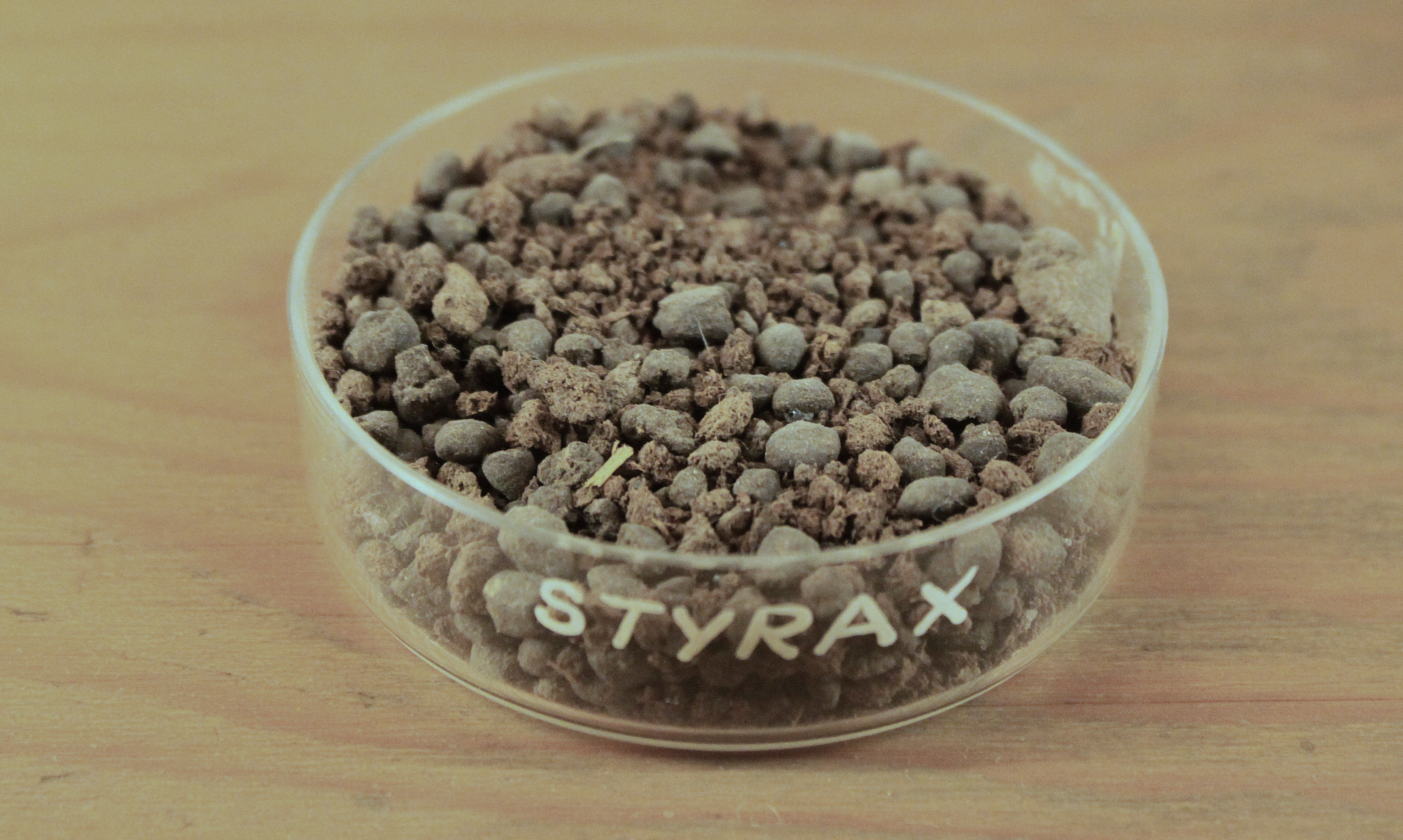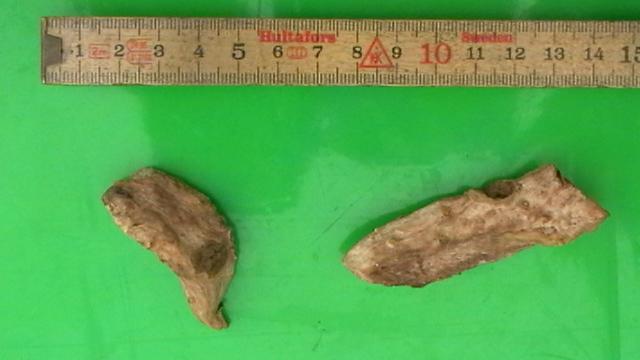|
Sachet
A sachet is a small scented cloth bag filled with herbs, potpourri, or aromatic ingredients.Oster, p. 54 A sachet is also a small porous bag or packet containing a material intended to interact with its atmosphere; for example, desiccants are usually packed in sachets which are then placed in larger packages. A sachet can be defined as a small soft bag containing perfumed or sweet-smelling items also referred to as an ''ascent bag,'' ''scent bag'', ''sweet bag'', ''sachet bag'', ''sachet de senteurs'', ''spiced sachet'', ''potpourri sachet'', ''scented sachet'', ''perfume cushion'', ''smelling cushion'', ''scented cushion'', ''fragrant bag'', ''pomander'' or ''dream pillow''. Cultural history During the Chinese |
Linens
Linens are fabric household goods intended for daily use, such as bedding, tablecloths, and towels. "Linens" may also refer to church linens, meaning the altar cloths used in church. History The earliest known household linens were made from thin yarn spun from flax fibres to make linen cloth. Ancient Egypt, Babylon, and Phoenicia all cultivated flax crops. The earliest surviving fragments of linen cloth have been found in Egyptian tombs and date to 4000 BCE. Flax fibres have been found in cloth fragments in Europe that date to the Neolithic prehistoric age. Cotton is another popular fibre for making cloth used for household linens. Its use in cloth-making also dates back to prehistoric times, in Indian subcontinent, China, Peru and Egypt. The Indian subcontinent was especially well known for high quality cotton cloth as early as 1500 BCE. Linen was an especially popular cloth during the Middle Ages in Europe, when cotton was an exotic import. It was used for undercloth ... [...More Info...] [...Related Items...] OR: [Wikipedia] [Google] [Baidu] |
Hebao
(), sometimes referred as Propitious pouch in English, is generic term used to refer to Chinese embroidery pouches, purses, or small bag. When they are used as ''Chinese perfume pouch'' (or sachet), they are referred as (), (), or (). In everyday life, are used to store items. In present-days China, are still valued traditional gifts or token of fortune. are also used in Traditional Chinese medicine. There are many ethnic groups in China which share the custom of wearing pouches. The is also a type of adornment used in traditional Chinese clothing (including in and in the Manchu people's ). Manchu pouches are called . Terminology While the wearing of Chinese pouches can be traced back to the Pre-Qin dynasties or much earlier, the term of only appeared after the Song dynasty. Cultural significance Token of love is also used as token of love since purses were personal items. They are used as a gift between young girls and boys and their acceptance towards each ... [...More Info...] [...Related Items...] OR: [Wikipedia] [Google] [Baidu] |
Storax
Storax ( la, storax; el, στύραξ, ''stúrax''), often commercially sold as styrax, is a natural resin isolated from the wounded bark of ''Liquidambar orientalis'' Mill. (Asia Minor) and '' Liquidambar styraciflua'' L. (Central America) (Hamamelidaceae). It is distinct from benzoin (also called "storax"), a similar resin obtained from the Styracaceae plant family. Composition Purified storax contains circa 33 to 50% storesin, an alcoholic resin, both free and as cinnamic esters. Contains 5 to 15% cinnamic acid, 5 to 15% cinnamyl cinnamate, circa 10% phenylpropyl cinnamate; small amounts of ethyl cinnamate, benzyl cinnamate, and styrene, Some may contain traces of vanillin. Some sources report a resin containing triterpenic acids ( oleanolic and 3-epioleanolic acids). Uses Storax has a pleasant, floral/lilac, leathery, balsamic smell. Storax and its derivatives (resinoid, essential oil, absolute) are used as flavors, fragrances, and in pharmaceuticals ( Friar's Balsam) ... [...More Info...] [...Related Items...] OR: [Wikipedia] [Google] [Baidu] |
Undergarment
Undergarments, underclothing, or underwear are items of clothing worn beneath outer clothes, usually in direct contact with the skin, although they may comprise more than a single layer. They serve to keep outer garments from being soiled or damaged by bodily excretions, to lessen the friction of outerwear against the skin, to shape the body, and to provide concealment or support for parts of it. In cold weather, long underwear is sometimes worn to provide additional warmth. Special types of undergarments have religious significance. Some items of clothing are designed as undergarments, while others, such as T-shirts and certain types of shorts, are appropriate both as undergarments and as outer clothing. If made of suitable material or textile, some undergarments can serve as nightwear or swimsuits, and some are intended for sexual attraction or visual appeal. Undergarments are generally of two types, those that are worn to cover the torso and those that are worn to cover ... [...More Info...] [...Related Items...] OR: [Wikipedia] [Google] [Baidu] |
Chest Of Drawers
A chest of drawers, also called (especially in North American English) a dresser or a bureau, is a type of cabinet (a piece of furniture) that has multiple parallel, horizontal drawers generally stacked one above another. In American English a dresser is a piece of furniture, usually waist high, that has drawers and normally room for a mirror. In British English a dresser or a Welsh dresser has shelves in the upper section for storing or displaying tableware. Chests of drawers have traditionally been made and used for storing clothing, especially underwear, socks, and other items not normally hung in or otherwise stored in a closet. They are usually placed in a bedroom for this purpose, but can actually be used to store anything that will fit inside and can be placed anywhere in a house or another place. Various personal sundry items are also often stored in a chest of drawers. It has a long history as one of the stand-bys of a carpenter's workshop. A typical chest is approxima ... [...More Info...] [...Related Items...] OR: [Wikipedia] [Google] [Baidu] |
Prince Albert Of Saxe-Coburg
Prince Albert of Saxe-Coburg and Gotha (Franz August Karl Albert Emanuel; 26 August 1819 – 14 December 1861) was the consort of Queen Victoria from their marriage on 10 February 1840 until his death in 1861. Albert was born in the Saxon duchy of Saxe-Coburg-Saalfeld to a family connected to many of Europe's ruling monarchs. At the age of twenty, he married his first cousin Victoria; they had nine children. Initially he felt constrained by his role as consort, which did not afford him power or responsibilities. He gradually developed a reputation for supporting public causes, such as educational reform and the abolition of slavery worldwide, and was entrusted with running the Queen's household, office, and estates. He was heavily involved with the organisation of the Great Exhibition of 1851, which was a resounding success. Victoria came to depend more and more on Albert's support and guidance. He aided the development of Britain's constitutional monarchy by persuading his w ... [...More Info...] [...Related Items...] OR: [Wikipedia] [Google] [Baidu] |
George III Of Great Britain
George III (George William Frederick; 4 June 173829 January 1820) was King of Great Britain and of Ireland from 25 October 1760 until the union of the two kingdoms on 1 January 1801, after which he was King of the United Kingdom of Great Britain and Ireland until his death in 1820. He was the longest-lived and longest-reigning king in British history. He was concurrently Duke and Prince-elector of Brunswick-Lüneburg ("Hanover") in the Holy Roman Empire before becoming King of Hanover on 12 October 1814. He was a monarch of the House of Hanover but, unlike his two predecessors, he was born in Great Britain, spoke English as his first language and never visited Hanover. George's life and reign were marked by a series of military conflicts involving his kingdoms, much of the rest of Europe, and places farther afield in Africa, the Americas and Asia. Early in his reign, Great Britain defeated France in the Seven Years' War, becoming the dominant European power in North America ... [...More Info...] [...Related Items...] OR: [Wikipedia] [Google] [Baidu] |
Hops
Hops are the flowers (also called seed cones or strobiles) of the hop plant '' Humulus lupulus'', a member of the Cannabaceae family of flowering plants. They are used primarily as a bittering, flavouring, and stability agent in beer, to which, in addition to bitterness, they impart floral, fruity, or citrus flavours and aromas. Hops are also used for various purposes in other beverages and herbal medicine. The hops plants have separate female and male plants, and only female plants are used for commercial production. The hop plant is a vigorous, climbing, herbaceous perennial, usually trained to grow up strings in a field called a hopfield, hop garden (in the South of England), or hop yard (in the West Country and United States) when grown commercially. Many different varieties of hops are grown by farmers around the world, with different types used for particular styles of beer. The first documented use of hops in beer is from the 9th century, though Hildegard of Binge ... [...More Info...] [...Related Items...] OR: [Wikipedia] [Google] [Baidu] |
Coriander
Coriander (;coriander in the Cambridge English Pronouncing Dictionary ''Coriandrum sativum'') is an annual in the family Apiaceae. It is also known as Chinese parsley, dhania, or cilantro (). [...More Info...] [...Related Items...] OR: [Wikipedia] [Google] [Baidu] |
Orris Root
Orris root (''rhizoma iridis'') is the root of '' Iris germanica'' and ''Iris pallida''. It had the common name of Queen Elizabeth Root. Constituent chemicals The most valued component of orris root is oil of orris (0.1–0.2%), a yellow-white mass containing myristic acid. Oil of orris is sometimes sold as orris butter. Other components include fat, resin, starch, mucilage, bitter extractive, and a glucoside called iridin or irisin. Uses Once important in western herbal medicine, it is now used mainly as a fixative and base note in perfumery; it is the most widely used fixative for potpourri. Orris is also an ingredient in many brands of gin,T. K. Lim including Bombay Sapphire. Fabienne Pavia, in her book ''L'univers des Parfums'' (1995, ed. Solar), states that in the manufacturing of perfumes using orris, the scent of the iris root differs from that of the flower. After preparation the scent is reminiscent of the smell of violets. In Japan, the roots and leave ... [...More Info...] [...Related Items...] OR: [Wikipedia] [Google] [Baidu] |
Carnation
''Dianthus caryophyllus'' (), commonly known as the carnation or clove pink, is a species of ''Dianthus''. It is likely native to the Mediterranean region but its exact range is unknown due to extensive cultivation for the last 2,000 years.Med-Checklist''Dianthus caryophyllus''/ref>Flora Europaea''Dianthus caryophyllus''/ref>Blamey, M. & Grey-Wilson, C. (1989). ''Flora of Britain and Northern Europe''. Huxley, A., ed. (1992). ''New RHS Dictionary of Gardening''. Macmillan . Taxonomy Carnations were mentioned in Greek literature 2,000 years ago. The term ''dianthus'' was coined by Greek botanist Theophrastus, and is derived from the Ancient Greek words for divine ("dios") and flower ("anthos"). The name "carnation" is believed to come from the Latin ''corona-ae'', a "wreath, garland, chaplet, crown",Cassell's Latin Dictionary, Marchant, J.R.V, & Charles, Joseph F., (Eds.), Revised Edition, 1928 as it was one of the flowers used in Greek and Roman ceremonial crowns, or possibly ... [...More Info...] [...Related Items...] OR: [Wikipedia] [Google] [Baidu] |

.jpg)





.jpg)


